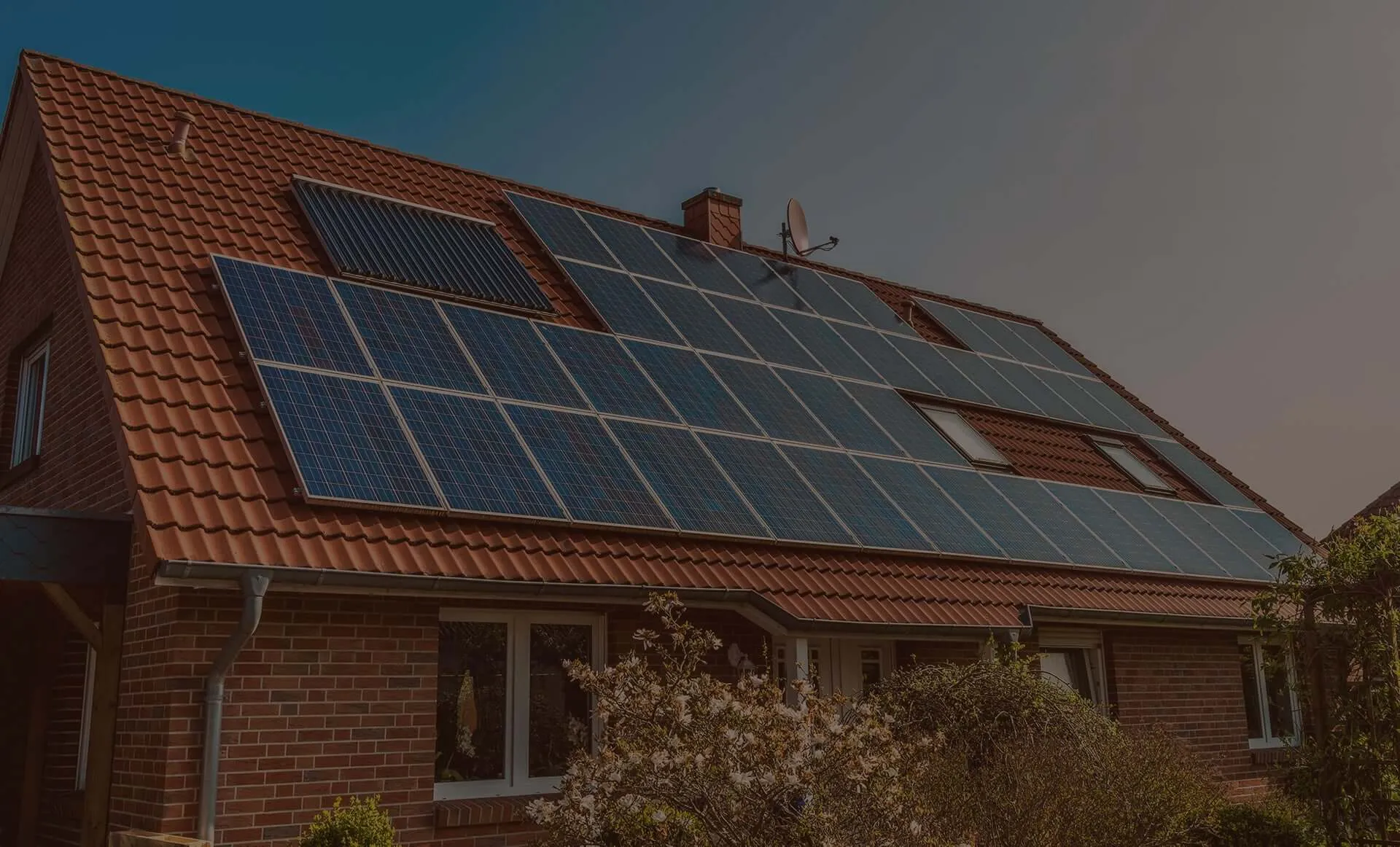Advancements in Solar Panel Technology Through the Years
Improvements in Solar Panel Technology Over Time
The quest for sustainable energy solutions has led to significant advancements in solar panel technology over the past few decades. As the world grapples with the pressing issue of climate change and the need to transition towards cleaner energy sources, solar power has emerged as a leading candidate. The evolution of solar panels, driven by technological innovations, economic factors, and environmental concerns, has drastically improved their efficiency, affordability, and accessibility.
In the early days of solar technology, the first practical photovoltaic (PV) cells were developed in the 1950s by Bell Labs. These early solar cells had an efficiency of approximately 6%, meaning they could convert only a small fraction of sunlight into usable electricity. The high costs of production and limited efficiency made solar energy an impractical choice for widespread use. However, research and development efforts began to pick up momentum during the 1970s oil crisis, as the world sought alternatives to fossil fuels.
Improvements in Solar Panel Technology Over Time
The 2000s marked a significant turning point for solar energy. Government incentives, technological advancements, and public awareness of environmental issues worked in tandem to promote solar adoption. Manufacturers focused on refining production methods, which resulted in lower costs and better outputs. The efficiency of solar panels continued to rise, reaching approximately 15-20% in commercially available models by the end of the decade. Additionally, the development of thin-film solar cells provided versatile options for various applications, from building-integrated photovoltaics to off-grid systems.
solar panel improvements over time

One of the most noteworthy advancements in solar technology is the emergence of bifacial solar panels, which harness sunlight from both sides. This innovation allows for a higher energy yield and a longer lifespan, as the panels are less subject to degradation from environmental factors. Moreover, advancements in light management techniques, such as anti-reflective coatings and textured surfaces, have further enhanced the amount of sunlight captured by solar cells.
The efficiency of solar panels has steadily climbed to impressive levels, with some high-performance models achieving over 23% efficiency. Research institutions and manufacturers are continually exploring alternative materials, such as perovskites, which hold the potential for even higher efficiencies at reduced costs. These new materials promise to revolutionize the solar industry further, offering lightweight, flexible, and efficient solar technologies.
Cost reduction has been another driving force behind the growth of solar energy. The price of solar panels has plummeted by around 90% since 2000, making solar power an increasingly attractive option for consumers and businesses alike. This decrease in cost is attributed to advancements in manufacturing techniques, increased competition within the market, and economies of scale as production ramps up. Solar energy is now competitive with conventional energy sources in many regions, fostering a surge in installations worldwide.
Besides technical improvements, the rise of smart grid technology and energy storage solutions has enabled solar power to play a crucial role in the global energy landscape. Energy storage systems, like batteries, allow for the integration of solar power into the grid, addressing its intermittent nature. This combination of solar generation and storage enables a reliable energy supply, even during periods of low sunlight.
In conclusion, the journey of solar panel technology from its inception to the present day showcases a remarkable evolution marked by technological advancements, reduced costs, and increased efficiency. As research continues and innovations emerge, solar energy is poised to become an integral component of our sustainable energy future. The ongoing improvements in solar panels not only promise to reduce reliance on fossil fuels but also to mitigate climate change impacts, offering hope for a cleaner, greener planet. The future of solar energy is bright, and its continuous development signifies a major step towards a sustainable energy revolution.
-
String Solar Inverter: The High-Efficiency Solution for Smart Solar EnergyNewsJul.14,2025
-
Revolutionizing Rooftop Energy with the Power of the Micro Solar InverterNewsJul.14,2025
-
Power Independence with Smart Off Grid Solar Inverter SolutionsNewsJul.14,2025
-
On Grid Solar Inverter: Powering the Future with Smart Grid IntegrationNewsJul.14,2025
-
Monocrystalline Solar Panels: High-Efficiency Power for the Future of Clean EnergyNewsJul.14,2025
-
Bifacial Solar Panel: A Smarter Investment for Next-Generation Energy SystemsNewsJul.14,2025







